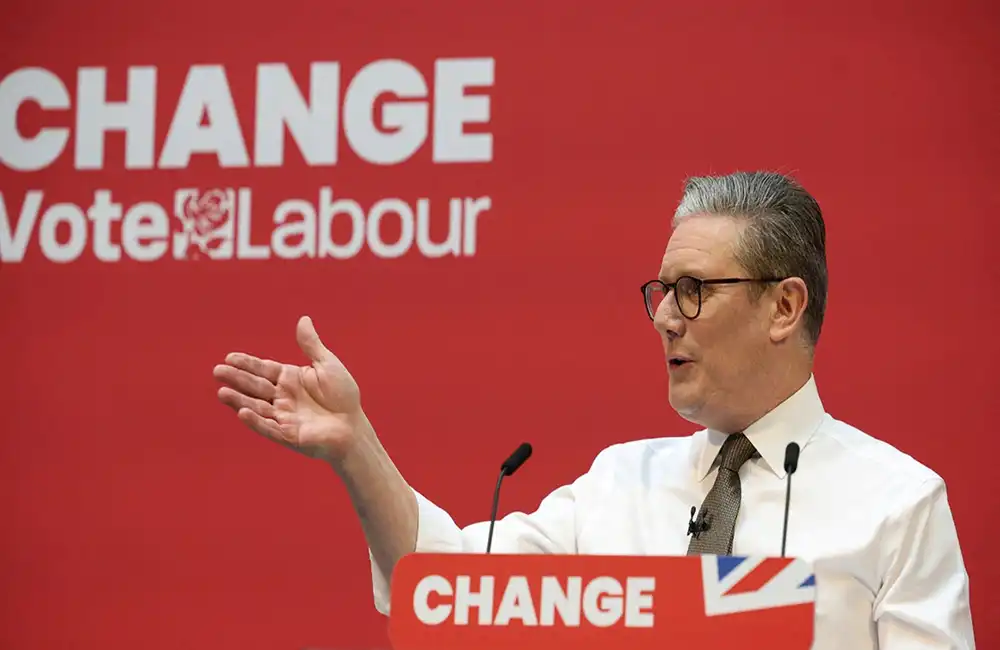The Chancellor Rachel Reeves announced a major public sector reform initiative that forms an essential aspect of Labour’s overall budgetary approach.
Investors express growing apprehension about Labour’s public sector reforms which follow U.S. models. Chancellor Rachel Reeves announced a major public sector reform initiative that forms an essential aspect of Labour’s overall budgetary approach. A thorough investigation set to conclude during the Spending Review on June 11, 2025, aims to pinpoint operational inefficiencies and achieve financial savings throughout public sector entities. The reform presents itself as an effort to enhance both fiscal responsibility and public sector performance but has attracted intense criticism especially from investors and public service advocates.
Cost-Cutting Measures and Their Objectives
The Labour-led government initiated a methodical review of public sector organisations to determine potential areas for resource reallocation or reduction. The government uses this initiative as a strategic measure to cut public spending and improve taxpayer fund allocation.
Key objectives of this review include:
- Eliminating redundancy: Reducing duplicative roles and organisations.
- Enhancing efficiency: The review aims to optimise processes that lead to superior results while utilising fewer resources.
- Addressing fiscal sustainability: Managing rising public debt by controlling expenditure.
Since 2019 UK public spending has increased by over 24% due to pandemic-related costs and higher energy subsidy expenses. (Source: Office for Budget Responsibility (OBR), 2023 Report.)
The government expects its review to generate savings but has yet to disclose quantitative details about specific reductions before the Spending Review.
Inspiration from U.S. Economic Policies
The cost-cutting initiative now underway has drawn criticism that compares it to financial management methods used by the Trump administration in the U.S. The Trump administration caused major public sector funding cuts in education and healthcare that led to widespread protests and long-term societal concerns.
Chancellor Reeves maintains distance from U.S.-style austerity language but follows a philosophy of limited public spending to establish a "lean governance" system. The resemblance between these frameworks brings up inquiries about their application in the UK socio-economic environment where public services provide a more comprehensive safety net compared to the U.S.
Investor Reactions and Economic Implications
Labour's fiscal strategies have generated significant concern among investors who have openly expressed their discomfort. Reducing public debt promises long-term financial stability but there are uncertainties about the effects of severe budget cuts on the UK's short-term economy and international market standing.
Key Investor Concerns:
- Deterioration of Public Services: The investment community worries that harsh reductions will degrade educational standards and healthcare services along with infrastructure quality which will then harm human capital development and productivity.
- Reduced Economic Activity: The reduction of public sector employment threatens domestic consumption which serves as an essential component of economic growth.
- Attractiveness for Foreign Investment: Foreign capital investments might decline in sectors depending on substantial public infrastructure and innovation funding because of perceived reductions in safety net support.
The OBR reports that government employment reductions from 2010 to 2015 lowered wages by approximately 1.5% in areas dependent on public sector jobs. The same outcome might happen again if substantial financial savings are achieved through workforce redundancies this time.
Implications for Public Services
Public services will experience the most direct and observable consequences from these measures. Concerns revolve around two major issues:
- Workforce Reductions: Approximately 5.3 million people work within the public sector which represents 16.4% of total employment across the UK according to ONS data from 2023. Threatened job losses will result in thousands of displaced workers while adding excessive pressure to those remaining which may ultimately degrade service quality.
- Service Curtailments: Limited funding could result in cuts to essential services including healthcare, education and social care. If budgetary provisions face cuts they could intensify existing workforce shortages within the NHS.
These policy changes have profound social implications that must be recognised. Decreasing government expenditures on essential frontline services threatens to deepen existing social inequalities especially in economically disadvantaged regions.
Looking Ahead to the Spending Review
Government intentions will become clearer through the Spending Review scheduled for June 11, 2025. Reeves must detail areas needing reform, estimate potential savings and define a schedule for implementation.
The government needs to proceed cautiously when pursuing fiscal prudence and debt reduction so that financial objectives do not disrupt public sentiment and economic stability. Swift austerity measures that are implemented too quickly or aggressively may produce both direct short-term impacts and persistent long-term effects which destabilise public services and shake private sector confidence.
A Delicate Balancing Act
The Labour party's public sector reforms have generated intense national discussions. There exists substantial value in fixing inefficiencies and properly utilising taxpayer funds to achieve the best possible outcome. Excessive cost-cutting measures endanger public investment while damaging services and injecting instability into the private sector.
June 11, 2025 represents an essential date for investors and businesses because it will reveal how the government’s fiscal strategy matches the nation’s socio-economic goals. The government faces its greatest challenge in striking a balance between careful planning and practical solutions.




















